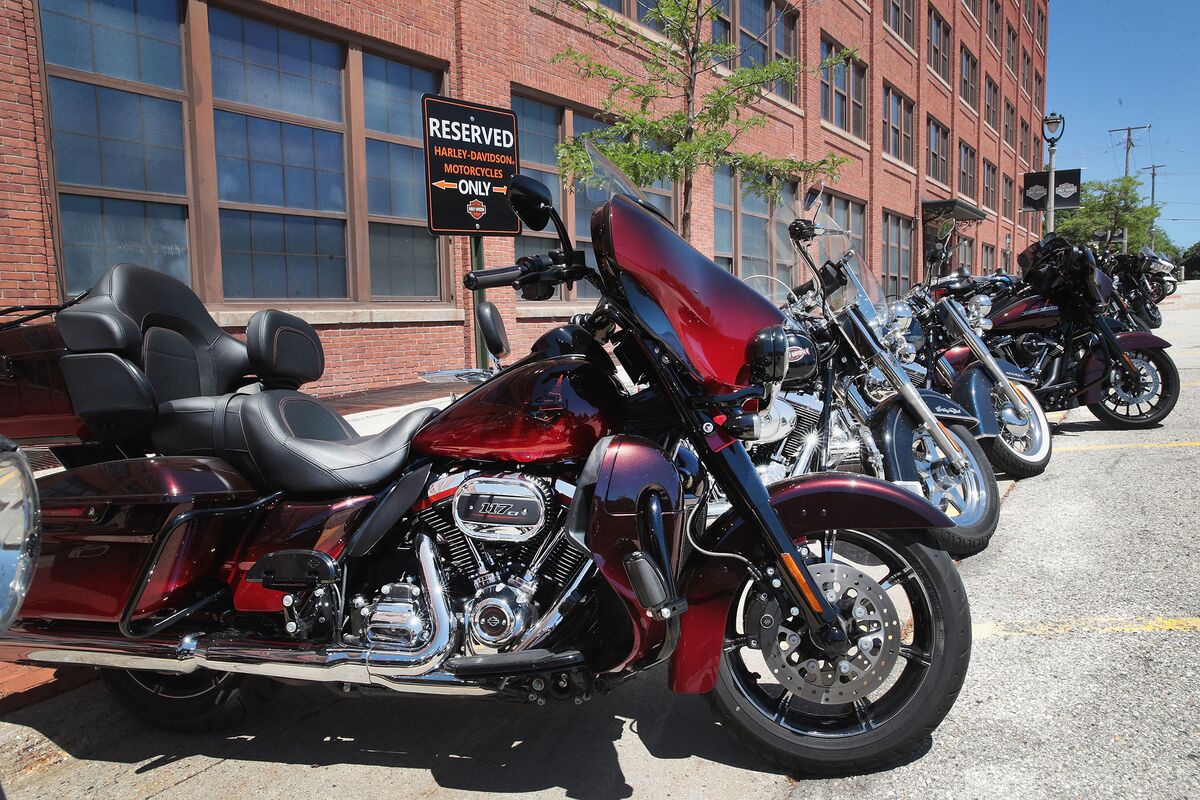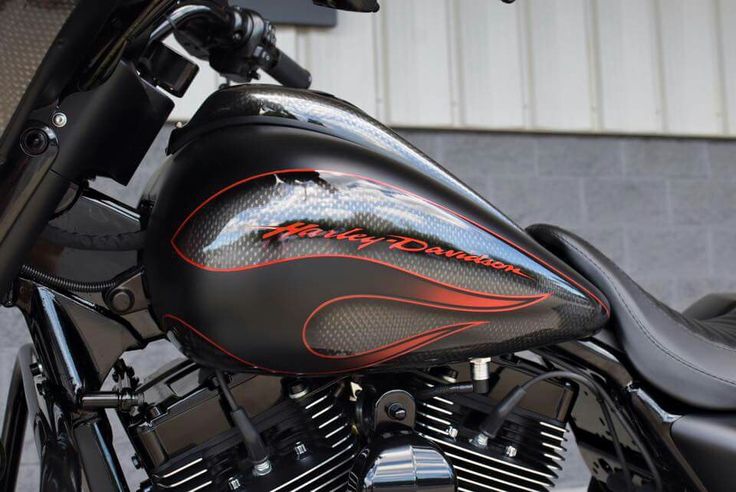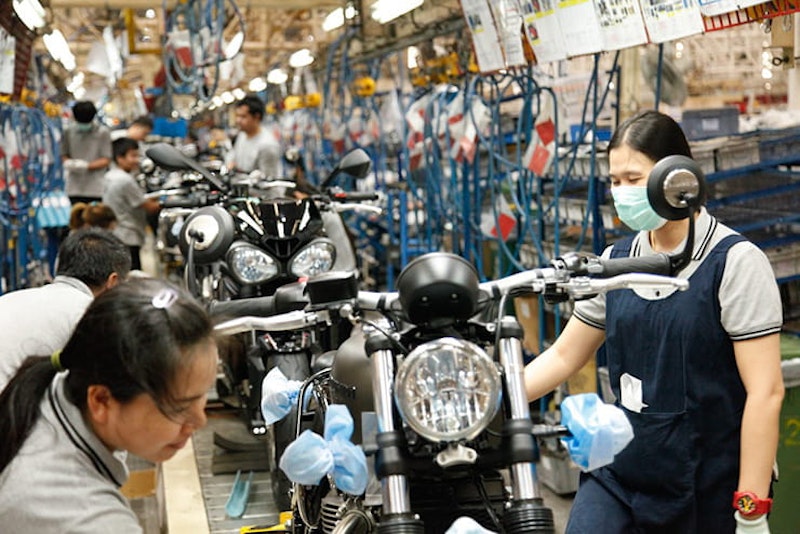Painting your motorcycle exhaust pipes not only enhances the look of your bike but also significantly improves its durability and performance. In this comprehensive guide, we will walk you through every step of successfully painting your motorcycle exhaust pipes using the latest Approved Technology. Whether you’re a seasoned DIY enthusiast or new to motorcycle maintenance, this guide is designed to help you achieve terrific results.

Why Paint Motorcycle Exhaust Pipes?
There are several reasons why you might want to paint your motorcycle exhaust pipes. One key reason is to protect the pipes from rust and corrosion. High temperatures can lead to the pipes deteriorating over time, and a good quality paint job can act as a protective barrier. Additionally, a freshly painted exhaust pipe gives your bike a more polished and custom look, reflecting your personal style.
Tools and Materials Needed
- High heat spray paint suitable for exhaust pipes
- Sandpaper (various grits)
- Wire brush
- Masking tape
- Cleaner or degreaser
- Protective gear (gloves, mask, and goggles)
Preparing Your Exhaust Pipes
Cleaning the Pipes
The first step in preparing your exhaust pipes for painting is to clean them thoroughly. Use a cleaner or degreaser to remove any dirt, grime, or grease. Ensuring the pipes are clean will help the paint adhere better and result in a smooth finish.
Sanding the Pipes
Once cleaned, use sandpaper to sand down the surface of the pipes. This step is crucial as it helps to remove any existing paint or rust and provides a rough surface for the new paint to stick to. Start with a coarser grit and gradually move to a finer grit to achieve the best results.
Masking Areas
Before you start painting, mask off any areas of the motorcycle that you don’t want to get paint on. This includes parts like the engine, frame, or any other components close to the exhaust pipes. Use masking tape and paper to cover these areas adequately.
Applying the Paint
Choosing the Right Paint
When it comes to painting exhaust pipes, it’s essential to use high heat spray paint designed to withstand the extreme temperatures that exhaust pipes generate. Regular paint will not hold up and may peel or chip away quickly.
First Coat
Start by applying a light, even coat of paint to the exhaust pipes. Make sure to keep the spray can at the recommended distance, usually around 12-16 inches, to avoid drips and runs. Allow the first coat to dry thoroughly before applying additional coats.
Second and Third Coats
Once the first coat is dry, apply a second coat, slightly heavier than the first one. Make sure the coverage is even and there are no spots left untreated. Wait for the second coat to dry completely before applying a third coat for optimal durability and appearance.
Post-Painting Care
Curing the Paint
After you’ve applied all the coats, it’s crucial to cure the paint. Follow the manufacturer’s instructions for curing, which often involves running the engine to generate heat and help the paint set correctly. This step ensures that the paint bonds well to the exhaust pipes and provides long-lasting protection.
Inspecting the Results
Once the paint is cured, inspect the exhaust pipes for any missed spots or uneven areas. If necessary, touch up these areas with additional paint. Your goal is to achieve a smooth, even, and durable finish.
Tips and Tricks
- Always work in a well-ventilated area to avoid inhaling fumes.
- Shake the spray paint can well before each use to ensure even coverage.
- Consider using a primer designed for high heat applications if available.
- Take your time and don’t rush the process to achieve the best results.
Common Mistakes to Avoid
Skipping Preparation Steps
One of the most common mistakes is skipping the preparation steps. Inadequate cleaning or sanding can lead to paint peeling or chipping over time. Proper preparation is vital for a successful paint job.
Using the Wrong Paint
Using regular paint instead of high heat spray paint can result in the paint burning off or deteriorating quickly. Always ensure you are using the correct type of paint for your exhaust pipes.
Rushing the Curing Process
Curing the paint is a critical step that should not be rushed. Follow the manufacturer’s guidelines and allow sufficient time for the paint to cure properly.

FAQs
Can I use any spray paint on exhaust pipes?
No, it’s important to use high heat spray paint specifically designed for exhaust pipes to ensure it withstands high temperatures and provides long-lasting protection.
How long does the paint on exhaust pipes last?
With proper preparation and application, the paint on exhaust pipes can last for several years. Regular maintenance and touch-ups can further extend its lifespan.
Do I need to remove the exhaust pipes to paint them?
While it’s possible to paint the exhaust pipes while they’re still attached to the motorcycle, removing them can make the process easier and ensure better coverage and results.
For more detailed steps and insights on motorcycle exhaust maintenance, you can refer to this wikiHow guide.
For further reading, check out our related topics at Strobox:
Remember, whether enhancing the aesthetic or functionality of your bike’s exhaust pipes, always prioritize safety and proper techniques to achieve the best results. Happy painting!
